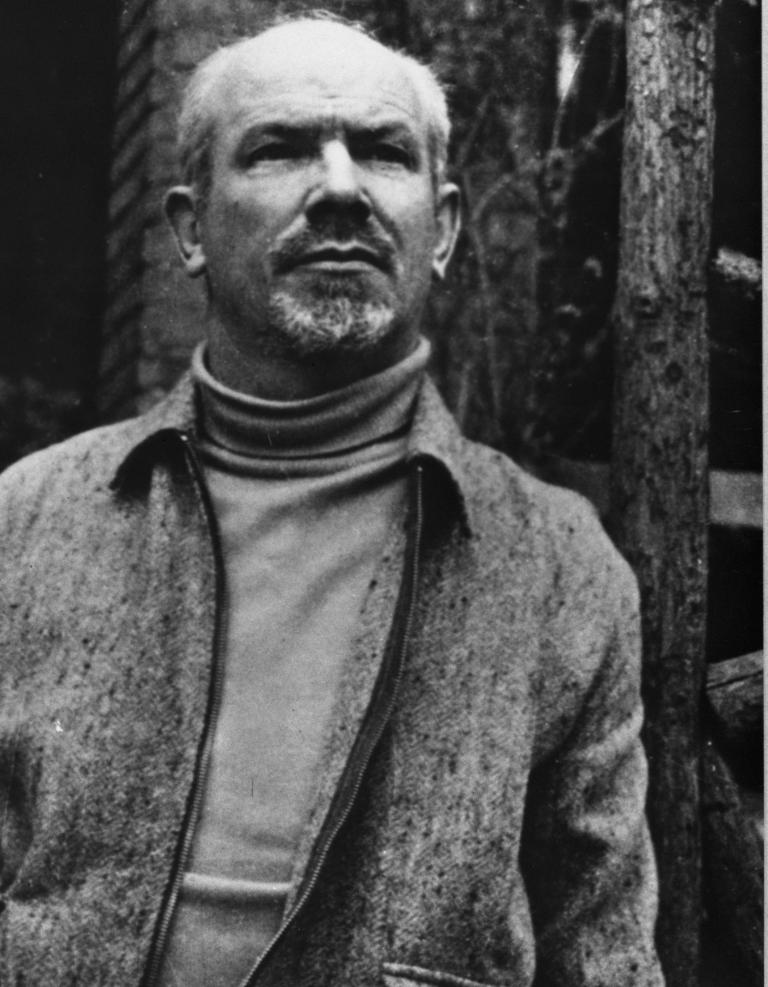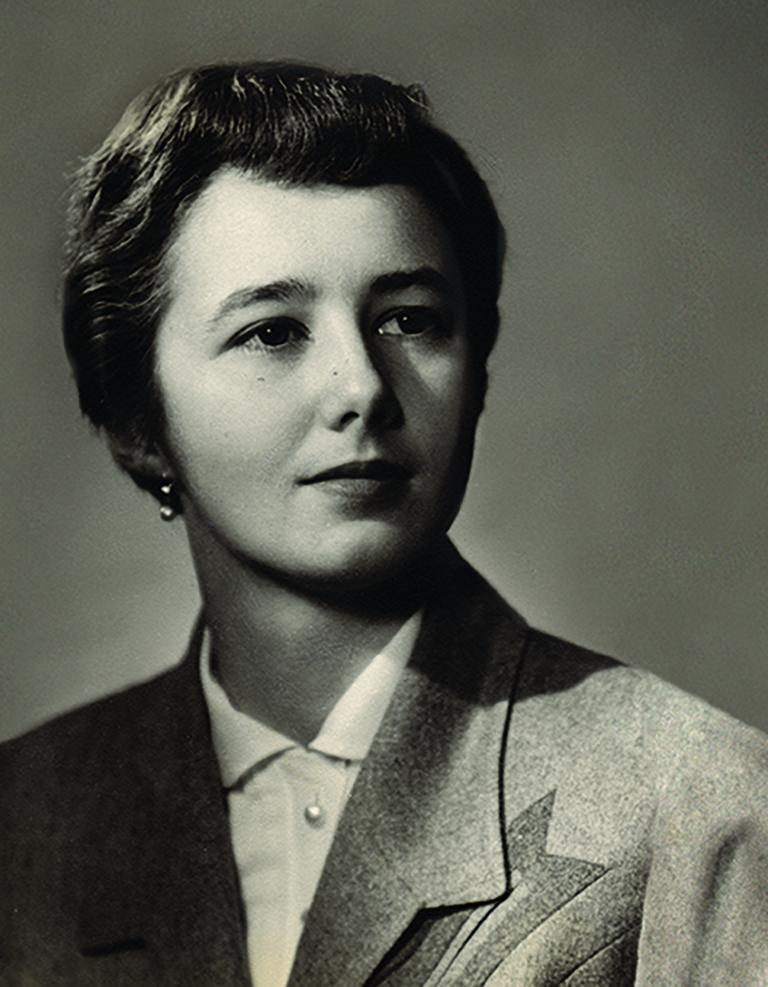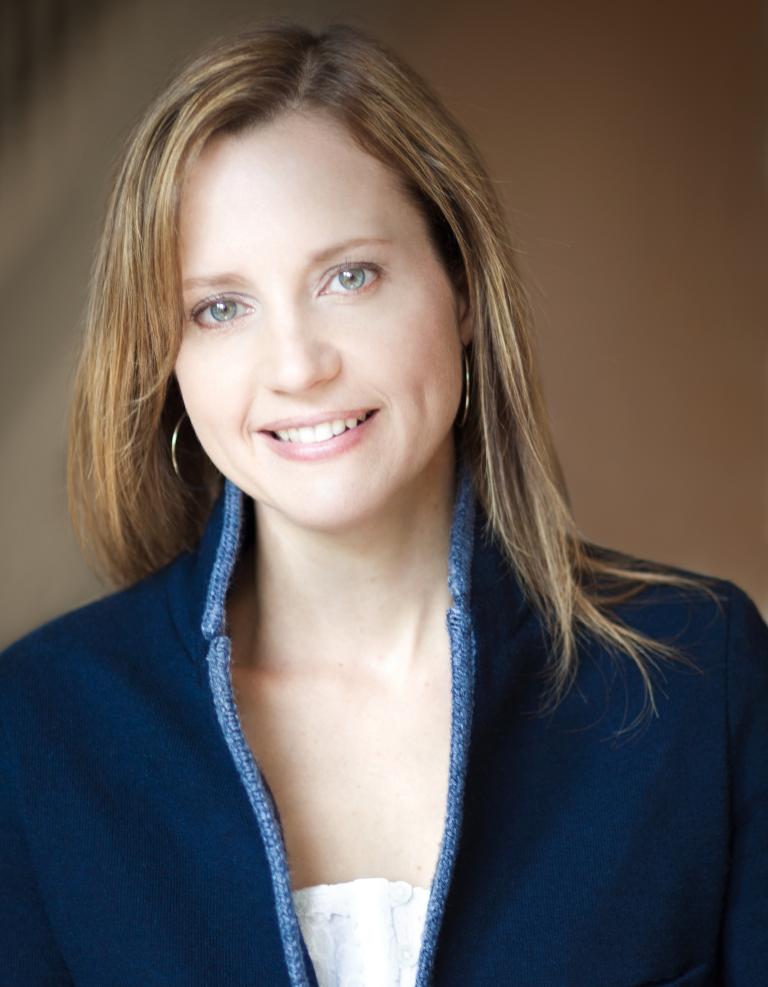Canadians are often strong advocates for human rights, both in Canada and internationally. For those who are active beyond our national borders, this can mean working in dangerous conflict zones. What motivates these individuals to work in such circumstances?
Canadian Doctors in the Field uses powerful artifacts to tell the stories of three fascinating Canadian doctors who have worked in conflict zones around the world.



